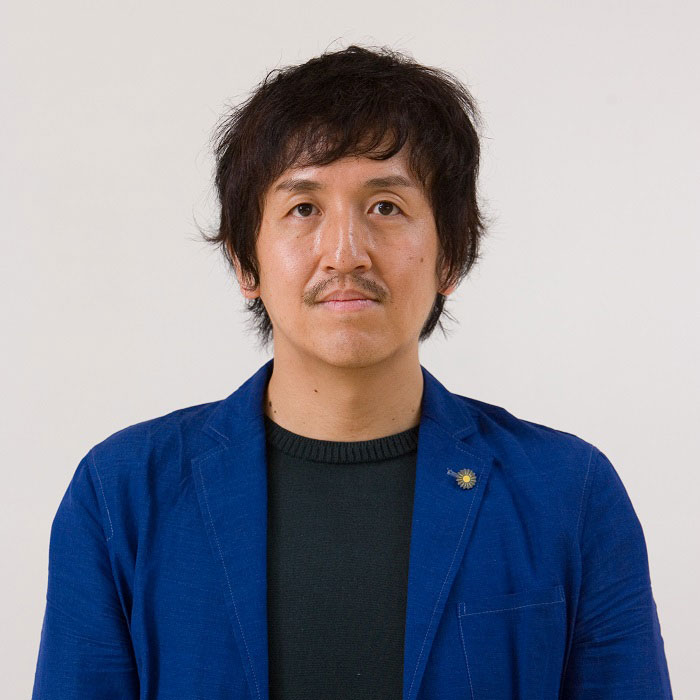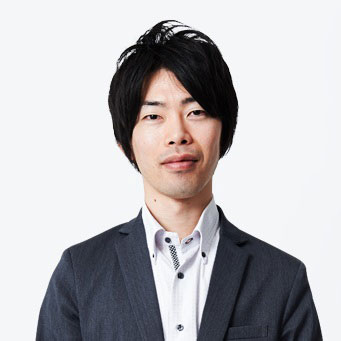- Viewpoints
This new series will feature interviews with experts on the question of how data creativity should evolve in the future. Here Joji Moro, Shinya Tokuhisa, and Hiroyuki Shinoda, the interviewers for the series, kick things off with a discussion on the subject of data creativity.
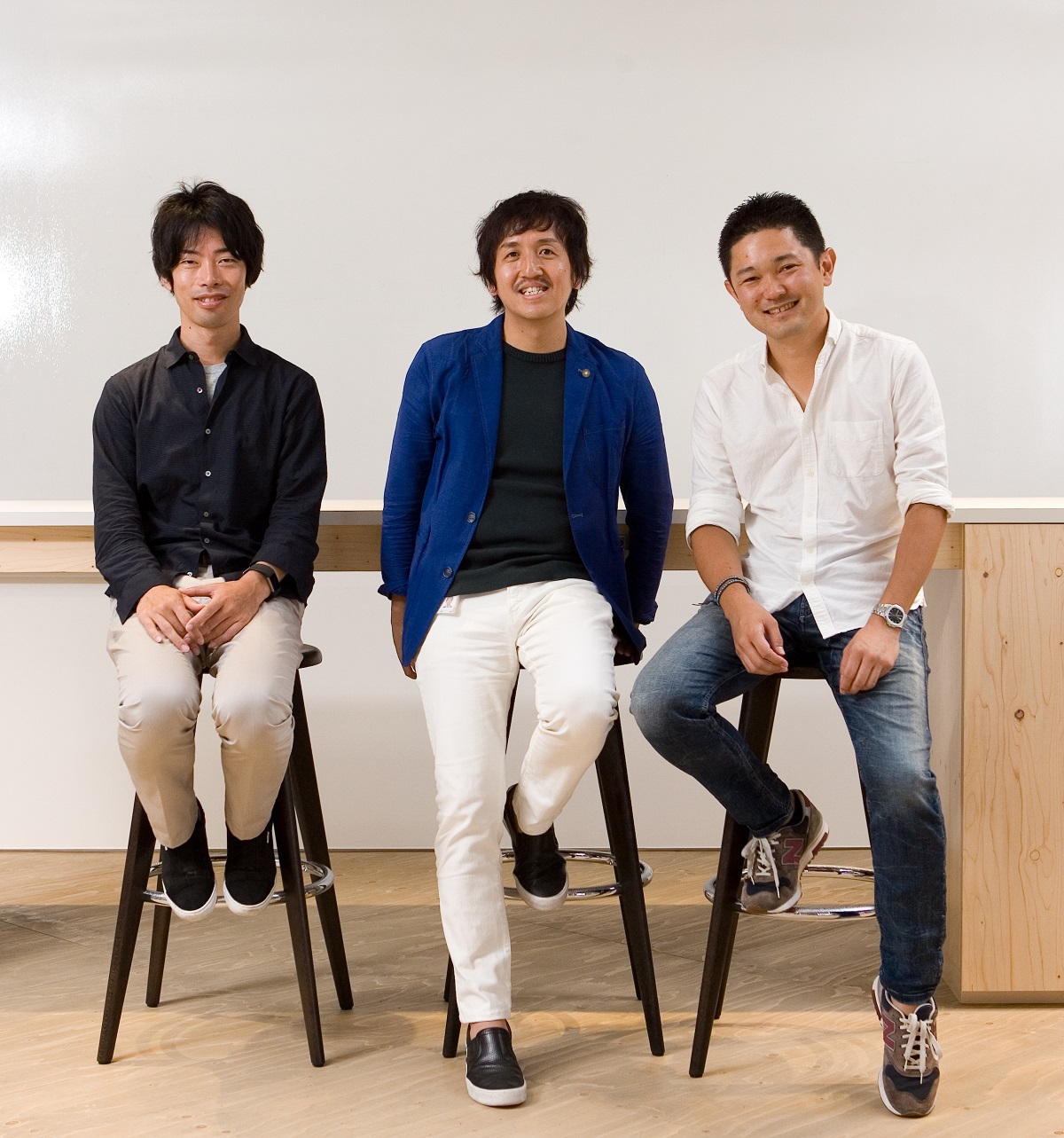
The changing definition of data creativity
SHINODA:
My name is Hiroyuki Shinoda, and I’ll be facilitating today’s discussion. First could you describe your backgrounds?
MORO:
I was already in advertising before coming to Hakuhodo. I spent the last several of those years on the team of Naoyuki Sato of Advertising Tomorrow fame, building models of consumer behavior in the digital and social media age and handling communication design for corporate clients. Since joining Hakuhodo in 2011, I’ve worked on creative, communications, and marketing in the digital age, as well as medium- to long-term platform development. Lately I’ve also been spending my days dealing with the question of how to square strategy with creativity by leveraging data to establish touchpoints and build relationships.
TOKUHISA:
I started out as a business consultant at a foreign-owned consultancy firm. I’ve been in strategic planning since coming to Hakuhodo, though I’ve come to work more and more with creative people on blending marketing, creativity, and promotions. Since then I’ve been asking myself what we could do by integrating media, data, marketing, creativity and business design. And so here I am today.
SHINODA:
I joined Hakuhodo DY Media Partners straight out of university. I was initially assigned to the online advertising department, where I worked mainly on performance-based ads. Then, as advertising technology evolved, I switched departments and my job changed in nature and expanded in scope. Today I mainly work on analyzing big data like viewer logs and online behavior, and applying it to in-depth target audience analysis and media planning. I also have a cross appointment at the Institute of Media Environment, where I started working on data visualizations. So for the past several years I’ve also been engaged in visualizing data on sports, tourism, and lots of other things.
The title of this series references “data creativity,” so first let’s discuss what that term means. After all, advertising creative in the original sense of the term has long been conceived of from a marketing standpoint based on data (in the old days chiefly data from questionnaires and such, presumably), even if data wasn’t explicitly mentioned. On the other hand, entries in the Creative Data category at the Cannes Festival of Creativity, for example, are expected to “clearly demonstrate how the execution/campaign was enhanced or driven by the creative use, interpretation, analysis or application of data.” This appears to distinguish data creative from conventional creative in print and film such as posters. May I ask you both, then, for your sentiments on data creativity?
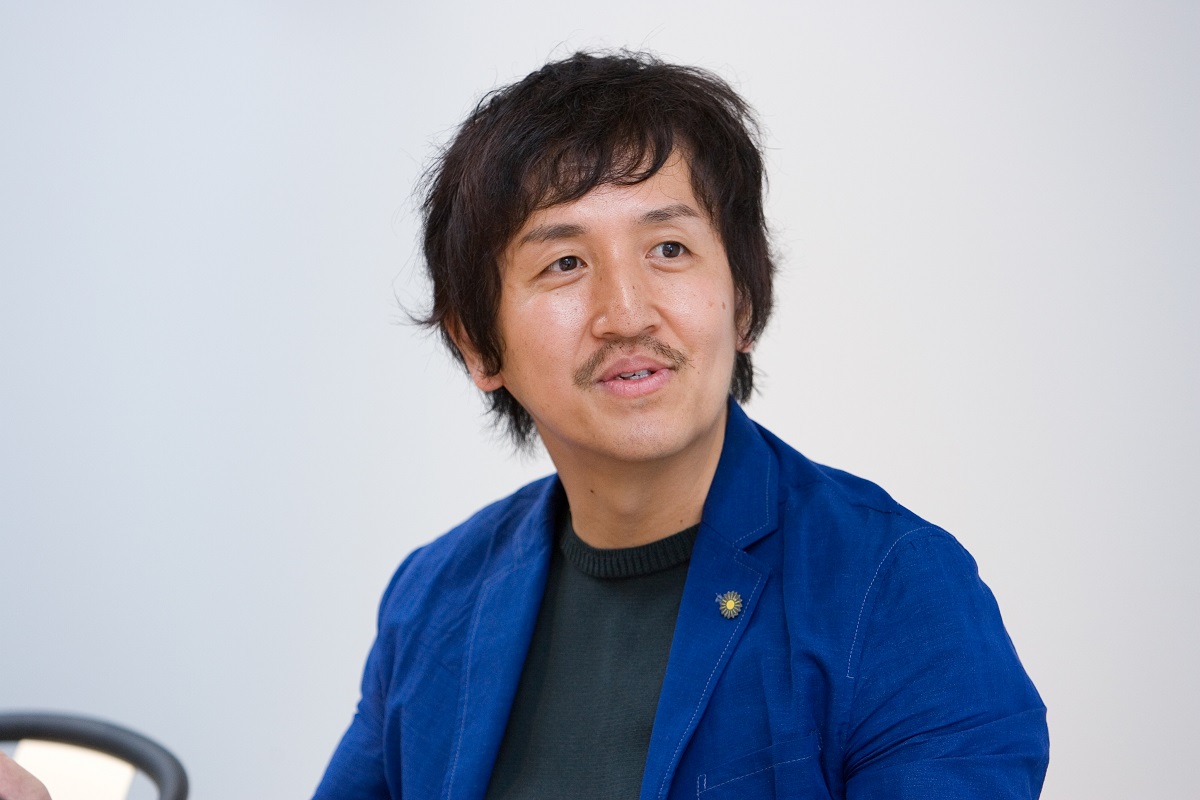
MORO:
Observing all that’s being done in Japan and abroad, one thing that strikes me is that while data-driven marketing has evolved tremendously over the past few years, the challenge has only just begun of fusing it with creativity in order to present a corporate vision or activate people or motivate them to connect; there are as yet few cases where that’s been successfully pulled off. I think it would be just wonderful if there were initiatives that went so far as to actually solve corporate or marketing problems, plus exuded creativity. So that’s what we want to pursue.
TOKUHISA:
I’ve always believed that data isn’t dry and boring at all; behind it lies a precise record of a person’s life. The more use you make of data, the deeper your understanding of sei-katsu-sha (Hakuhodo’s term for the holistic person with a lifestyle, aspirations and dreams), and the better your ability to reflect that data in your creative. You can uncover insights that interviews fail to reveal, and you can produce creative synched with what Google terms moments. On the other hand, data is in essence merely a tool for understanding sei-katsu-sha. Human nature hasn’t really changed that much. My own experience leads me to believe that a data-first approach won’t yield good results because it puts the means before the end. When thinking up data creativity, I feel you should first ask yourself how you want to improve society or solve a concern or problem of sei-katsu-sha, and then turn to the question of how to use data to do that.
MORO:
To take an example from this year’s Cannes festival, the Snickers Hungerithm campaign is a case in point of skillful linkage between data and creative. Comments posted on social media are analyzed, and the higher the anger quotient, the cheaper a Snickers bar. Data is used to gauge the mood of the target audience and extend a helping hand while remaining true to the brand vision— “You’re Not You When You’re Hungry.”
TOKUHISA:
I have yet to come across an iconic example of data creativity worth emulating. Most creative data initiatives out there are still cases of using data to spice up a short-term campaign. But the advantage of data is the fact that it’s permanent, keeps learning, and changes depending on circumstances. Thus it has the potential to change not just one-off campaigns and promotions but also services and the business itself. Creative work, I feel, needs to evolve in such a way as to support that. In that regard we’re all still at the trial stage.
SHINODA:
On the other hand, at places like the Royal College of Art and Rhode Island School of Design they’re talking about the concept of speculative design and critical making. Essentially, that’s the idea of designing things not to solve problems but to raise questions. When data is used in the context of art, design, and advertising creative from now on, it may play a data journalistic role, if you will, in indicating alternatives—what the future could be like.
MORO:
Too few people show much concern about traffic accidents, the national census, elections, or environmental problems per se, but visualizing such issues creatively through data does boost interest in them.
TOKUHISA:
Live Logo, which netted the gold last year at Cannes, is a case in point. This represents the country’s social challenges visually in the form of a simple logo. While it hasn’t solved the social challenges themselves, it has succeeded in raising awareness of them.
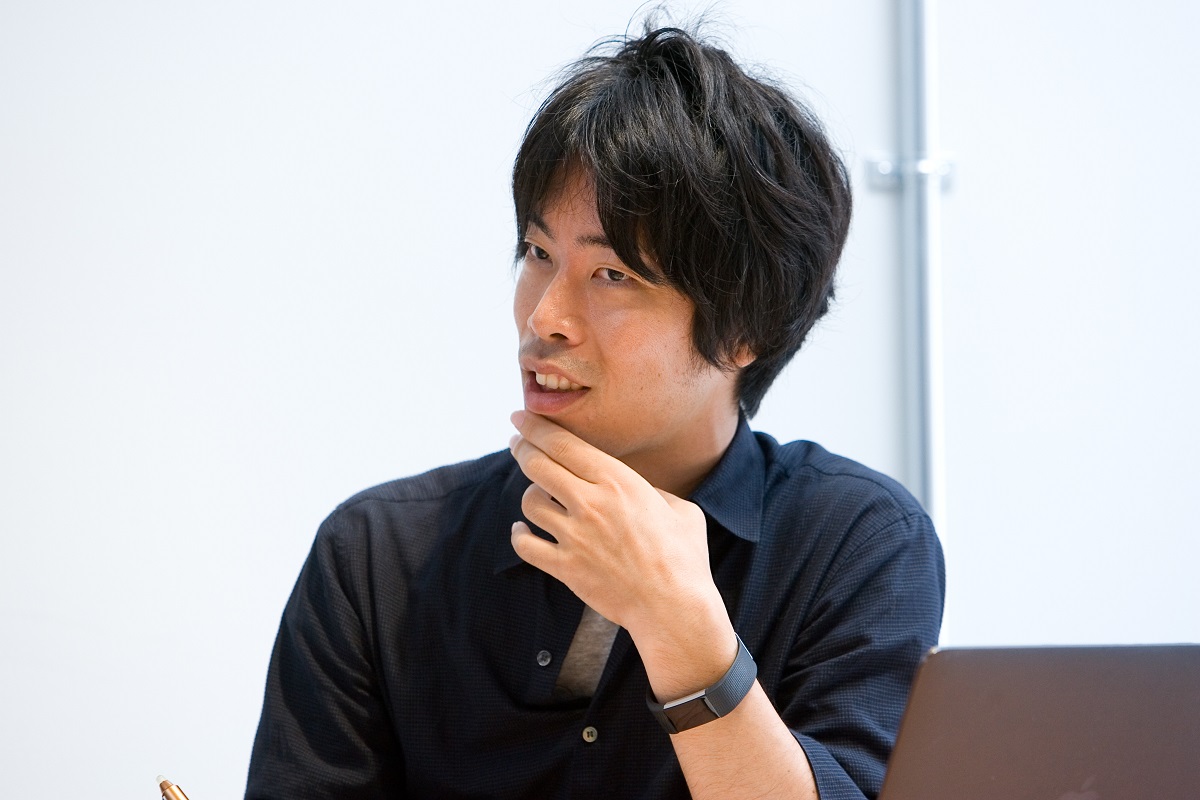
SHINODA:
There are also examples of initiatives that both identify a problem and provide a solution; “3 Words To Address the World” is a case in point. Address data is hierarchical, giving the street number, city, province or state, and country. Well, this initiative proposed an alternative: indicating location with a unique combination of three words. It identified a problem: under the present system of address data there are certain areas without any assigned address. And by newly assigning a clearly identifiable, easily remembered three-word address to every location on earth, it enables items to be sent and infrastructure to be installed there. It’s an interesting idea in that it alters the definition, the conventional notion of data, and gives data itself a creative twist.
What’s required to make data creativity work in future?
SHINODA:
How should we go about approaching data creativity as you’ve described it? Could you describe how far along it’s come and what’s missing to enable it to evolve further?
MORO:
Many challenges have already been undertaken inside Hakuhodo. But the fact is we still have a long way to go. Fortunately Hakuhodo DY Group is abundantly equipped with the human resources and capabilities to accomplish its ambitions. So instead of saying, “Can’t come up with ideas unless the data people take things this far,” or “Let the creative team take it from here,” first we should all put our heads together, even if we speak different languages, and ask ourselves how to better things. So we’ve started to develop a forum for doing that.
TOKUHISA:
The easiest approach is to try working together, right? Many people think data is too abstruse and is irrelevant to boot; they have an anti-data bias, you might say. But data isn’t so cold and clinical when you actually take a good look at it; on the contrary, I find it positively emanates human warmth. So if instead of relying solely on a left-brained approach we add some right-brained creativity, I believe we can make the leap. Speaking from my own experience, I’d say that teams work most successfully when everyone from data scientists to art directors, planners, and people who understand media are on the team. Hakuhodo DY Group is equipped with the requisite capabilities, as Moro mentioned, and unlike overseas agencies it’s not compartmentalized by function. Thus Japan may have an edge when it comes to working on data creativity.
MORO:
I’ve noticed that the most successful initiatives are those where the key players penetrate deep into territory that isn’t their own. They encroach on areas—in a positive sense—that they might have left to others because “it’s not my bailiwick.” Teams like that, I find, possess the right mindset in addition to skill and stamina. But you can’t reasonably expect that of everyone, so first it’s necessary to develop a framework that facilitates it.
SHINODA:
For example, if you ask someone in the data department “What commercials or graphics most intrigued you this month?” or you ask a creative “Which of the latest media or ad technologies particularly interest you?”, they might not be able to answer you off the top of their heads. But the units they each belong to presumably pool the latest knowledge, so it would be nice if there were some means of effectively sharing knowledge and case studies on an interdepartmental basis.
MORO:
A dashboard in an open area you can’t help noticing, say, or being able to keep constant track of social developments whenever you access your computer. There are actually units within the group that are in the habit of examining data on a daily basis. That gets lots of people asking themselves how the context implied by the data relates to the branding challenges they are now working on. Ideas presumably emerge in the process.
TOKUHISA:
It’s not a matter of suddenly taking on data creativity; it’s a matter of working with data on a daily basis and imagining the real people on the other side of it. That’s a habit we all need to get into.
